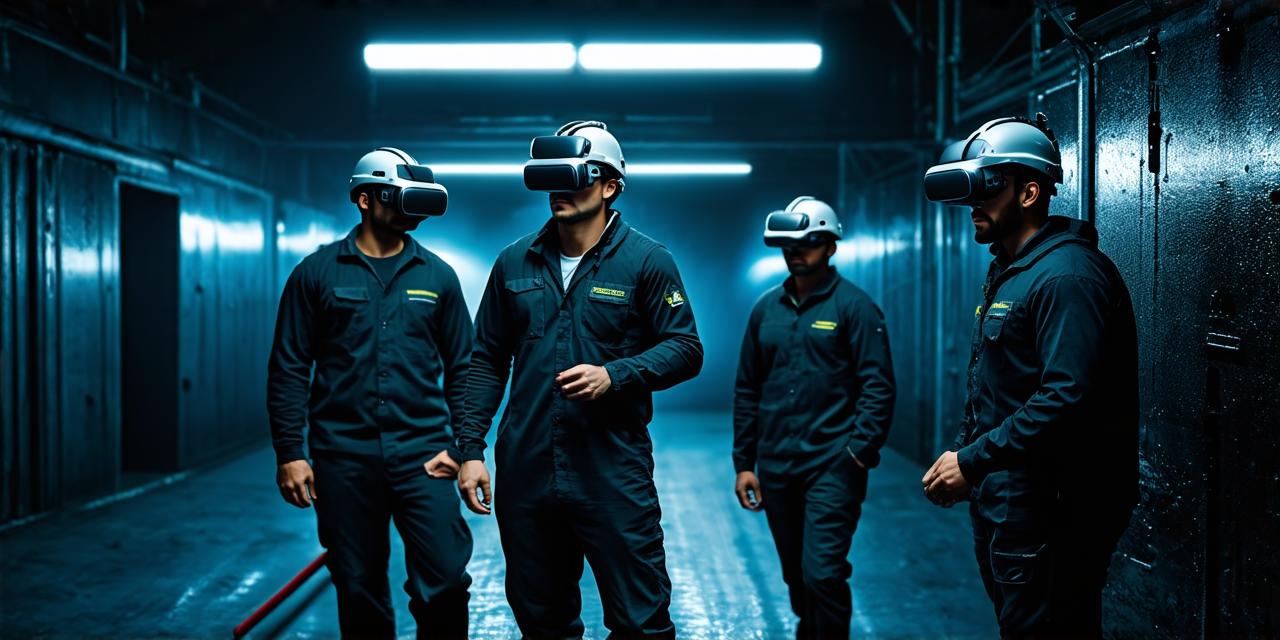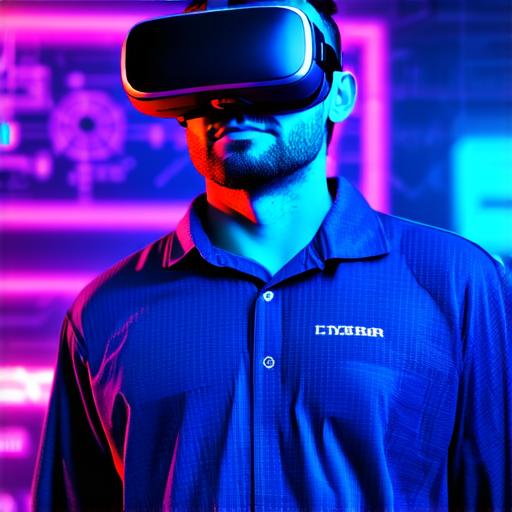
How can the construction industry make use of virtual reality?
Virtual reality (VR) is a technology that allows users to experience a computer-generated environment in real time. This technology has been around for a few years now, but its potential applications are only just starting to be realized in many industries, including construction.
1. Virtual site visits
Virtual reality allows architects, designers and builders to visit a construction site remotely. This means that they can see what is happening on site without having to physically be there. By using virtual reality headsets or mobile devices with VR capabilities, they can explore the site in 3D and interact with it in real time.
One example of this is a project by Bechtel, an engineering and construction company. They used virtual reality to allow their client to experience the construction process of a power plant in real time, without having to visit the site. The client was able to see the progress of the project and make changes in real time, saving both time and money.
2. Design visualization
Virtual reality can also be used for design visualization. Architects and designers can use virtual reality technology to create a realistic representation of their designs, allowing clients to see what the finished product will look like before construction begins.
One example of this is a project by Autodesk, a software company that specializes in design and engineering solutions. They used virtual reality technology to create a realistic representation of a building for a client. The client was able to walk through the building and see how it would look and feel, helping them to make informed decisions about the design and construction process.
3. Training and education

Virtual reality can also be used for training and education in the construction industry. Builders and contractors can use virtual reality technology to simulate different scenarios and practice their skills in a safe and controlled environment.
One example of this is a project by Oculus, a company that specializes in VR technology. They used virtual reality to create a training program for construction workers. The workers were able to practice their skills in a virtual environment, allowing them to learn from their mistakes and improve their performance without risking their safety on site.
4. Cost savings
Virtual reality can also help to reduce costs in the construction industry. By using virtual reality technology, architects and designers can create more accurate and detailed models of their projects, reducing the need for physical prototypes and saving money on materials and labor.
One example of this is a project by SketchUp, a software company that specializes in 3D modeling and design. They used virtual reality technology to create an accurate model of a building for a client. The client was able to make changes to the model in real time, reducing the need for physical prototypes and saving money on materials and labor.
5. Enhanced communication
Virtual reality can also be used to enhance communication between architects, designers, builders and clients. By using virtual reality technology, everyone can have a clear understanding of what is happening on site and how the project is progressing.
One example of this is a project by Autodesk. They used virtual reality technology to create a platform for collaboration between architects, designers, builders and clients.


